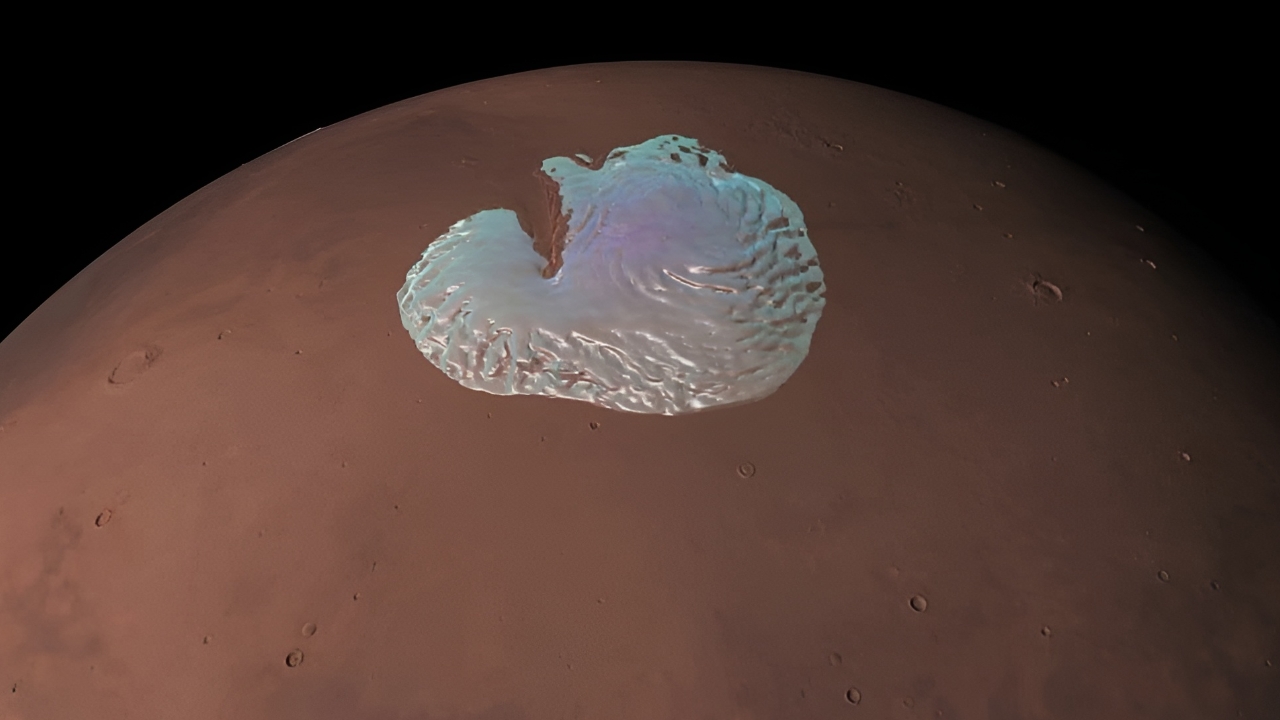Scientists have discovered that ice floes at the north pole of Mars are pushing the planet’s crust downwards. Thanks to this interesting phenomenon, new discoveries are being made about the internal structure of Mars. Data collected by NASA’s InSight spacecraft and new modeling studies have revealed that the red planet may not be as “frozen” and static as previously thought.
Mars’ north pole is collapsing under the weight of ice: Glaciers warp Mars’ crust
On Earth, thick ice sheets formed during long ice ages, pressing the surface downward, and in the post-glacial period the crust began to rise again in a process called “isostatic rebound”. Mars is thought to have undergone a similar process, but the planet’s ice sheets may be younger than previously thought. Modeling suggests that the glaciers at Mars’ north pole may have formed only 10 million years ago.

Researchers have developed 84 different models to better understand the internal structure of Mars. However, the seismograph on NASA’s InSight spacecraft failed to detect a major earthquake (Marsquake) at the north pole. So, the crust of Mars is harder than previously thought and has cooled considerably. It also suggests that the vast majority of radioactive elements in the planet’s interior are concentrated in the crust.
The findings by China’s Zhurong rover also showed that Mars may once have had bodies of water with beaches and calm waves. So, it is said that climate changes and the presence of water in the planet’s history could be more complex.
What do you think? If the ice sheets at the poles are younger, what new theories about the presence of water on Mars might this lead to? You can write your opinions in the comments section below…













